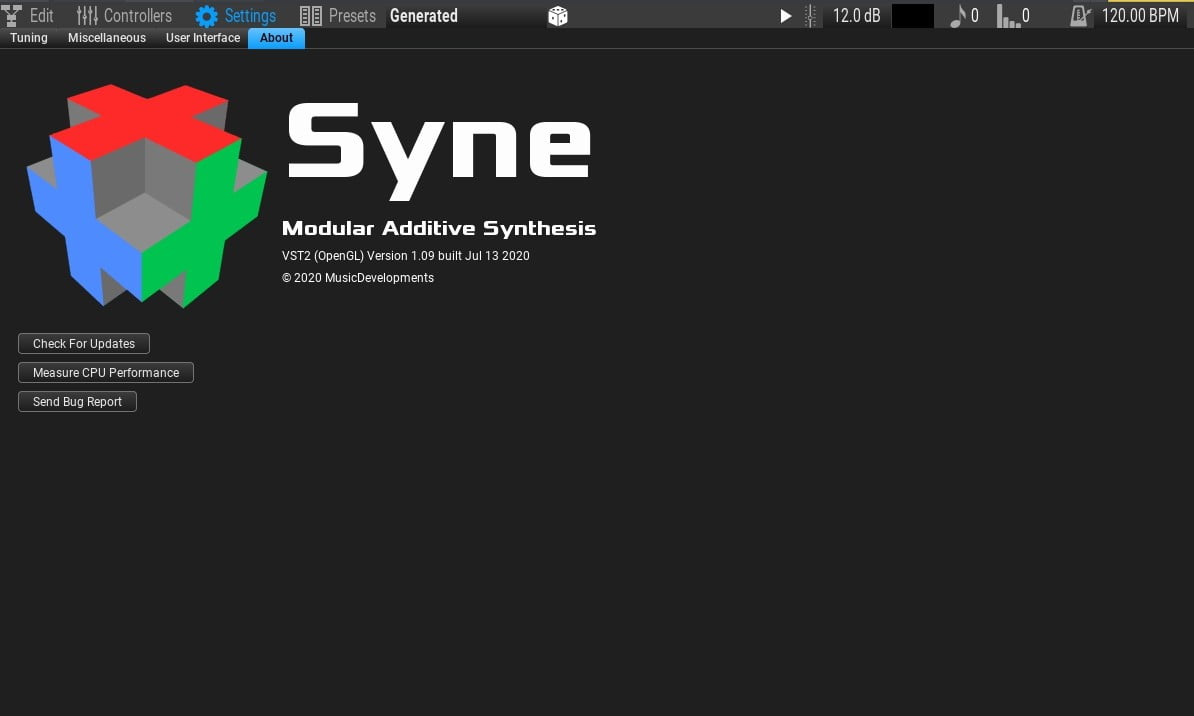

- Music developments rapidcomposer torrent mod#
- Music developments rapidcomposer torrent serial#
- Music developments rapidcomposer torrent upgrade#
Music developments rapidcomposer torrent upgrade#
I haven't wanted to upgrade at all to 2, even though I'm running the demo. I have been a longtime supporter of HN (actually one of the very first customers to purchase version 1). I also think its big brother, Synfire Pro, is RIDICULOUSLY overpriced especially for what it does. but I find HN to be insanely confusing to use, and not terribly practical. I know a good amount of music theory and a little piano. Wanted to chime in here, and talk about Harmony Navigator, as you guys have mentioned it several times in this thread. I hope this makes sense to someone besides me. It uses random elements to introduce diminished chords and chromatic action. The third is more complicated with 5 notes per chord (and some nicer sounds/reverb). The second is with 4 notes per chord, it's a little more interesting. The first one is the minor seventh chord sequence described above it's repetitive and boring. There's some "ornamentation", but it's not really doing anything special. It's also a nice compositional aid for microtonal scales which may be otherwise unintuitive. A lot of semi-aleatoric (or however you'd like to describe it) ambient or step sequencer driven music is modal or otherwise tonally static, which I find rather boring and sort of a dead end. But I think it's usefully ethereal and nicely suited to electronic music. It's basically circular and doesn't "go anywhere". I don't think it's really proper to call the results "tonal" since in general there's no tonal center, and it's also pretty agnostic to concepts like tension/release, root notes and major/minor chords. It works well with microtonal scales, too, actually better than with 12TET if the number of notes per octave is prime.
Music developments rapidcomposer torrent serial#
As with serial 12 tone rows, the sequence can be inverted and/or retrograded. The output can also be quantized to a specific scale (though I think this somewhat defeats the purpose). Random elements can be introduced: steps in the sequence can be skipped, intervals changed, and the length of the sequence can be altered. If the range is one octave, this can also be written as If the sequence length and number of notes per chord are coprime, the result will be much more complicated and may play many different chords before repeating, but it can also be unpredictable and difficult to avoid "a mess". The sequence, with 4 notes per chord plays minor seventh chords around the circle of fifths. You can also group a number of successive notes and play them together as a chord, and use this to generate a chord progression.
Music developments rapidcomposer torrent mod#
It's chromatic as long as mod 12 = 1, 5, 7 or 11. That's fairly boring with a single repeated interval, but stepping through a short sequence of intervals can generate something more interesting. Of course the range should be limited to some number of octaves.

So a repeating sequence of 7 (0, 7, 14.) is ascending fifths (C, G, D.). 7 for a fifth), you can get the next note by adding the interval to the current note. If each interval is a number of semitones (i.e.

Imagine you're working with a sequence of relative intervals rather than absolute notes. Obviously, chime in if you're a set theory expert and can point out some reference I've missed. I could well be reinventing the wheel, but I've looked and don't know of this idea being covered by anyone else. I'd like to suggest something I haven't seen or heard of before.


 0 kommentar(er)
0 kommentar(er)
